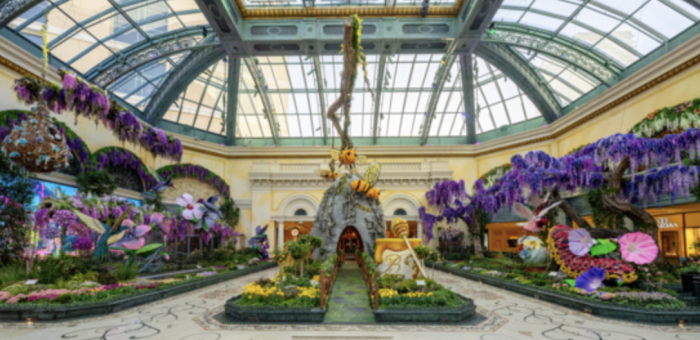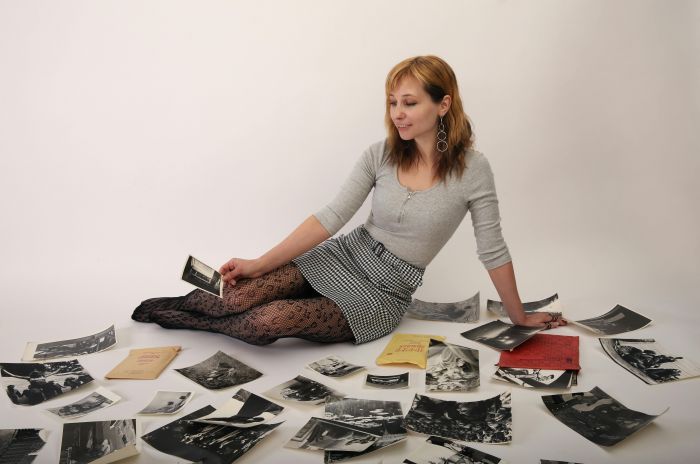Chicago's Cocktail Culture Might be Better Than NYC's
Chicago’s bar scene is certainly diverse, each neighborhood featuring its own variety of sports bars, dive bars, chic nightclubs, or craft cocktail venues. But it wasn’t always like that. There’s no doubt one of the city’s biggest influences on its present-day cocktail culture comes from that illustrious time in the ‘20s when alcohol wasn’t even legal. While NYC may also have its fair share of alluring bars inspired by this time, Chicago is chock full of bars offering cocktails with a little bit of history, such as the ones you’ll find a The Patio at David Burke’s Primehouse.
The rivalry between New York City and Chicago has been going on for years—some might even say centuries. Which has the best pizza, the top sports teams, or even the prettiest skyline? While those inquiries may be worthy of further investigation, we’re more interested in who’s dominating in the drink department. Yes, we’re talking cocktails.
The Prohibition era produced a legion of secret watering holes where mobsters and locals could be found sipping, smoking, schmoozing and scheming. They were concealed in boarded up buildings, in the cellar or in the back of unassuming businesses. The modern speakeasy translates the ultra-private locale and distinct liquor selection into a more sophisticated setting.
The Violet Hour, named after a line in a T.S. Eliot poem, is an innovator in Chicago’s cocktail movement, and one of the most popular destinations for quality crafted, five-plus ingredient concoctions; they even have a menu dedicated to drinkable bitters. If you can figure out how to get in, you’ll have to abide by a few house rules including a strict dress code, no cell phones, no light beer, and no cosmopolitans. Needless to say Carrie Bradshaw will not be paying a visit.
You may not even realize some of the cocktails you see on bar menus today were inspired by or created during Prohibition. For instance, next time you order Chicago’s Ruby at The Patio at David Burke’s Primehouse, take a look at the ingredients. Bombay, Malort, lychee, pineapple, orange, cranberry. If you’re not a liquor connoisseur you’ll have no idea what Malort is. Carl Jeppson brought his pungent homemade spirit with him when he emigrated from Sweden to Chicago in the 1930s and sold it door-to-door as a medicinal alcohol. Now you’ll find it mixed into all kinds of drinks around the Windy City—which is a good thing because while this might be a unique taste of Chicago history, it’s not a taste you want to experience all on its own.
For a more comprehensive cocktail education, hop on one of the many tours on offer. Chicago Prohibition Tours guides guests to four different speakeasies, giving insight into this fascinating time period, and of course, guiding them to which beverages to indulge in. Stops will be made at a downtown tavern built in 1872, a lounge in Wicker Park, a neighborhood bar in Old Town, and a restaurant in the downtown loop. Each location has its own special story that still resonates nearly 100 years later.
So which city’s cocktail culture is better? We’ll let you be the ultimate judge. But Chicago gets our vote for their authentic commitment to preserving the past and moving into the future with innovation and pride. As the cocktail culture in Chicago continues to evolve, we’re excited to see how each trend makes a lasting impression on locals and visitors, alike (maybe even some New Yorkers!).














